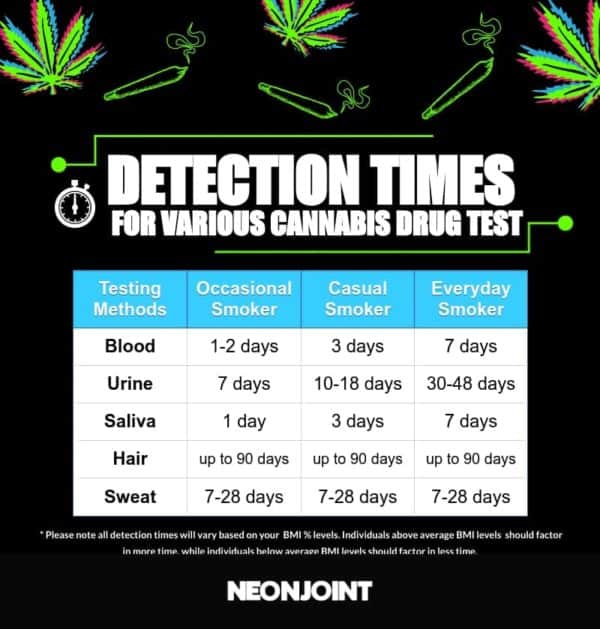How Long Does Weed Pens Stay In Your System
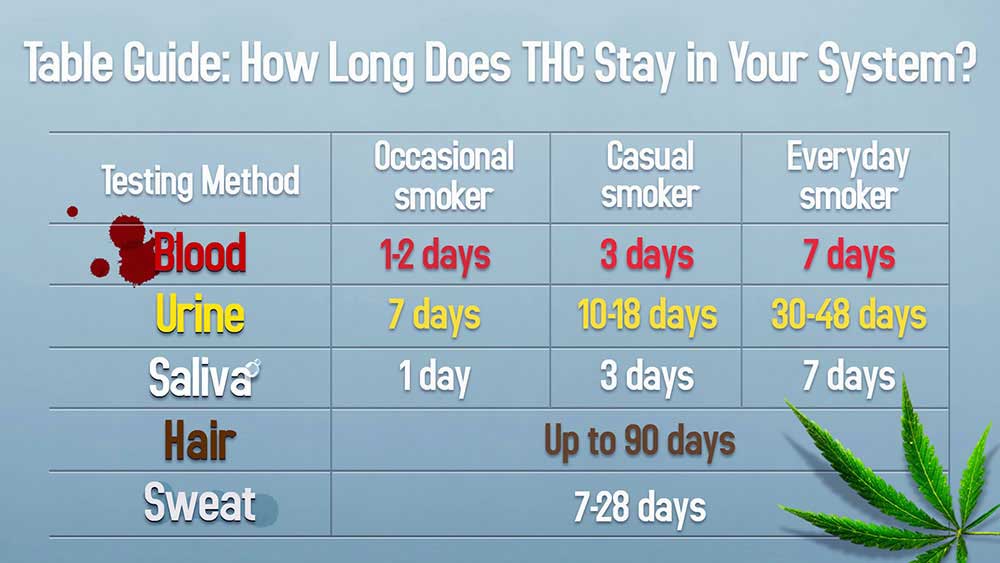
The popularity of weed pens, or vape pens containing cannabis oil, has surged in recent years, offering a discreet and convenient method of consumption. However, this increased usage has also led to growing concerns and questions about how long the active ingredient, THC (tetrahydrocannabinol), remains detectable in the body. This is a crucial issue for individuals facing drug testing for employment, legal reasons, or athletic competitions.
Understanding the detection window for THC from weed pens is complex, varying significantly based on factors like frequency of use, metabolism, and the type of drug test administered. This article will delve into the science behind THC metabolism, explore the various factors that influence detection times, and provide insights into what individuals need to know about weed pens and drug testing.
Understanding THC Metabolism
THC, the psychoactive compound in cannabis, is rapidly absorbed into the bloodstream after inhalation from a weed pen. Unlike smoking cannabis, vaping often delivers a concentrated dose of THC, potentially leading to higher initial blood levels.
Once in the bloodstream, THC is metabolized primarily by the liver. This process converts THC into various metabolites, including THC-COOH, a non-psychoactive metabolite that is stored in body fat and is the primary target for drug testing.
Because THC-COOH is stored in fat, individuals with higher body fat percentages may retain it for longer periods. This storage mechanism is a key reason why detection windows vary significantly.
Factors Influencing Detection Time
Frequency and Dosage
The most significant factor influencing THC detection time is the frequency and amount of cannabis consumed. Chronic, heavy users will have a longer detection window compared to occasional users.
Individuals who use weed pens daily or multiple times a day may have detectable levels of THC-COOH in their urine for 30 days or even longer. In contrast, a single use might only be detectable for a few days.
The dosage contained in the weed pen also plays a role. Higher concentrations of THC will naturally lead to longer detection times.
Metabolism and Body Composition
Metabolism plays a crucial role in how quickly the body processes and eliminates THC. Individuals with faster metabolisms tend to clear THC and its metabolites more quickly.
As mentioned earlier, body fat percentage is a significant factor. THC-COOH is fat-soluble, meaning it accumulates in fatty tissues and is released slowly over time.
Age, sex, and overall health can also influence metabolism, indirectly affecting THC detection times.
Type of Drug Test
The type of drug test used significantly impacts the detection window. Urine tests are the most common and typically detect THC-COOH for a longer period compared to other methods.
Blood tests generally have the shortest detection window, typically detecting THC for only a few days after use. These tests are more commonly used to determine recent impairment.
Hair follicle tests have the longest detection window, potentially detecting THC use for up to 90 days. However, hair tests are less common and may be subject to environmental contamination.
Saliva tests offer a detection window of approximately 24-72 hours, making them useful for detecting recent use. These tests are becoming increasingly common in workplace drug screening.
Detection Windows: What to Expect
Urine Tests
For occasional users (1-3 times per week), THC may be detectable in urine for 3-7 days. Moderate users (4-6 times per week) might have detectable levels for up to 15 days.
Heavy, chronic users can expect THC to be detectable in urine for 30 days or even longer. These are only estimates, and individual results may vary.
Blood Tests
Blood tests typically detect THC for 1-2 days in occasional users. In chronic users, it may be detectable for up to 7 days, though this is less common.
Blood tests are primarily used to assess current impairment rather than long-term usage.
Hair Follicle Tests
Hair follicle tests can detect THC use for up to 90 days. This method provides the longest detection window but is not always the most accurate due to potential external contamination.
Saliva Tests
Saliva tests generally detect THC for 24-72 hours after use. This method is becoming increasingly popular due to its ease of administration and relatively short detection window.
Misconceptions and Mitigation Strategies
Many misconceptions exist regarding how to "beat" a drug test. There is no guaranteed method to quickly eliminate THC from the body.
Drinking excessive amounts of water can dilute urine, but this can be detected by labs, leading to a rejected or suspicious result. Similarly, detox products often make unsubstantiated claims.
The only reliable method to pass a drug test is abstinence. Understanding the detection windows and planning accordingly is crucial.
Legal and Ethical Considerations
The legality of cannabis varies significantly across jurisdictions. In some areas, recreational and medicinal use are legal, while in others, it remains prohibited.
Regardless of the legal status, employers often have the right to conduct drug testing as a condition of employment. It is essential to be aware of workplace policies.
Furthermore, athletes are often subject to strict anti-doping regulations that prohibit the use of cannabis, even in jurisdictions where it is legal.
The Future of Cannabis Testing
As cannabis legalization spreads, there is a growing need for more accurate and reliable methods of impairment testing. Current drug tests primarily detect the presence of THC-COOH, which indicates past use but not necessarily current impairment.
Researchers are exploring new technologies, such as breathalyzers that can detect THC levels in exhaled breath, similar to alcohol breathalyzers. These technologies aim to provide a more accurate assessment of real-time impairment.
The development of standardized impairment tests will be crucial for ensuring public safety, particularly in industries such as transportation and construction.
In conclusion, the detection time for THC from weed pens in your system varies widely depending on several factors, including frequency of use, metabolism, body composition, and the type of drug test administered. Understanding these factors is critical for individuals facing drug testing. While there are no guaranteed methods to quickly eliminate THC, abstinence remains the only reliable strategy for passing a drug test. As cannabis legalization continues, the need for more accurate and reliable impairment testing methods will become increasingly important.


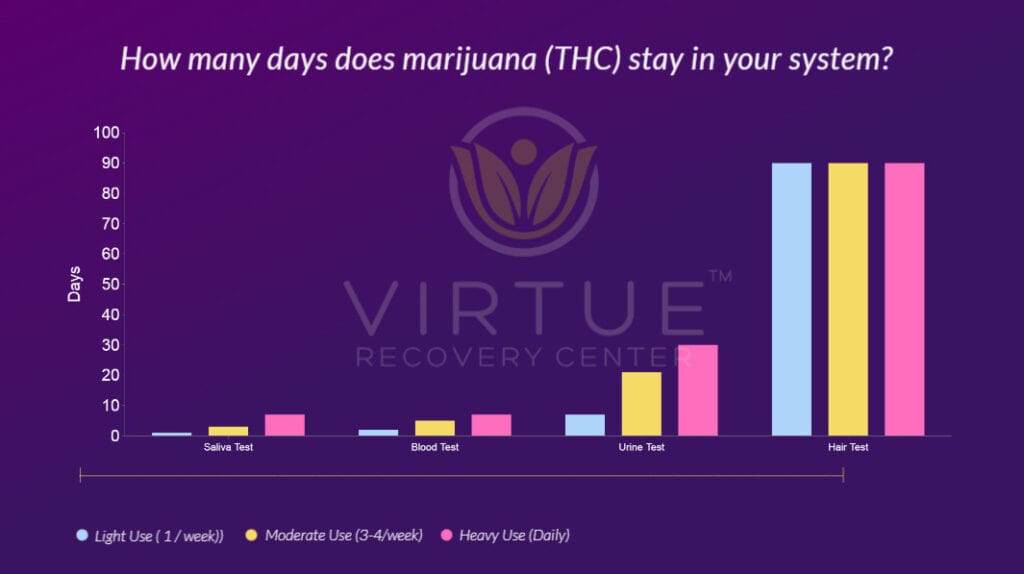





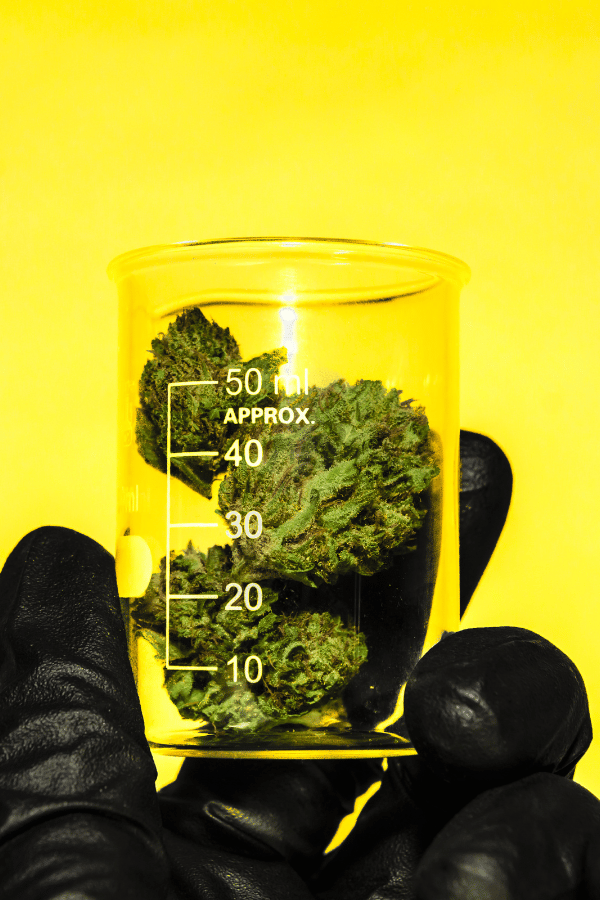
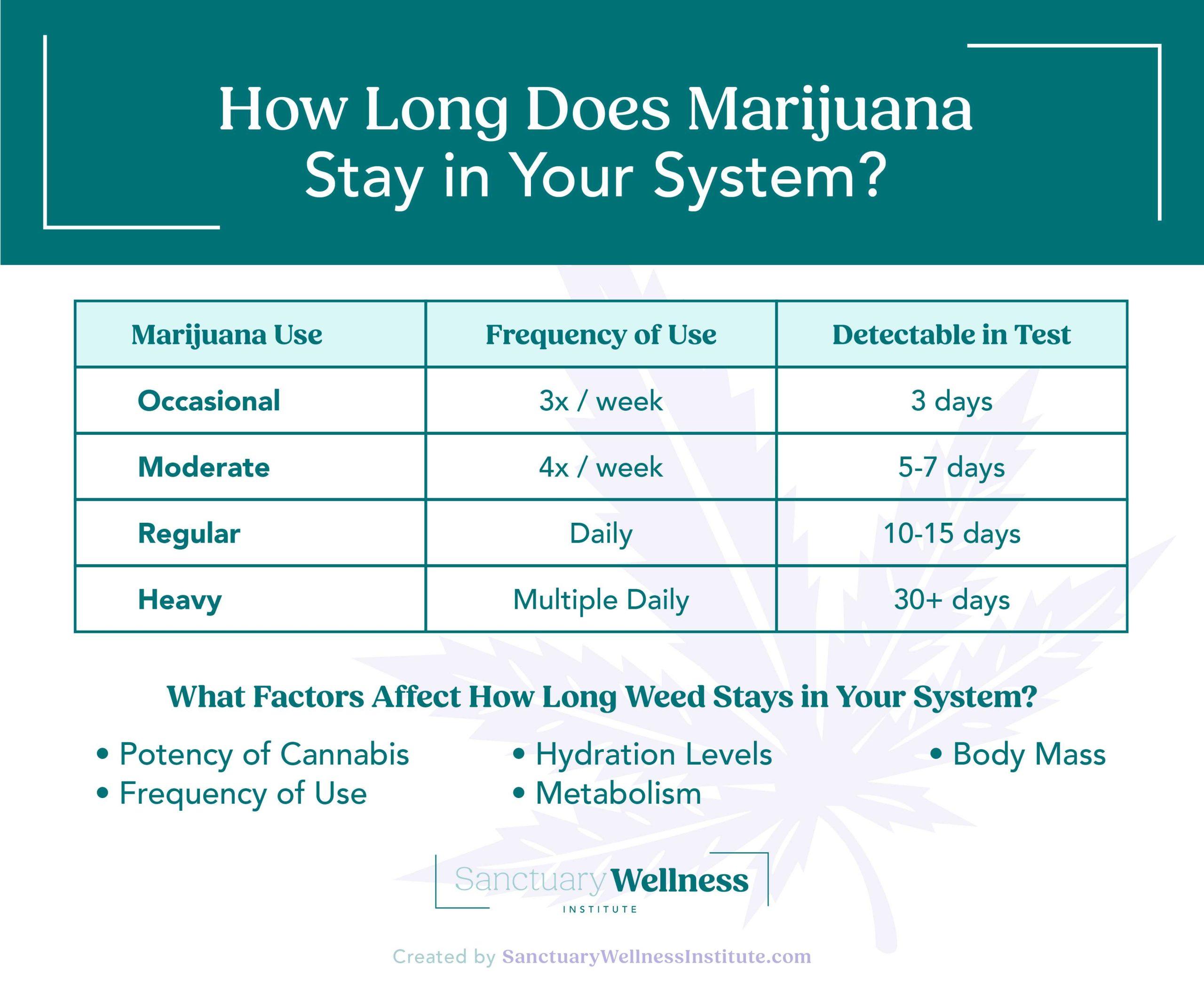




![How Long Does Weed Pens Stay In Your System How Long Does Weed Stay in Your System [Fully Explained]](https://wayofleaf.com/wp-content/uploads/2019/06/how-long-does-weed-stay-in-your-system-img3-1-768x427.jpg)

